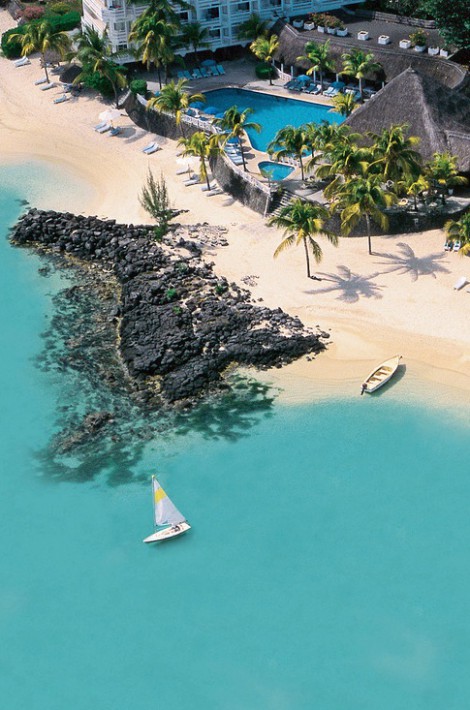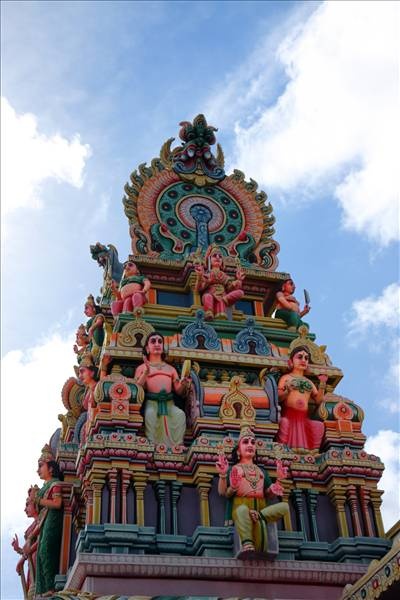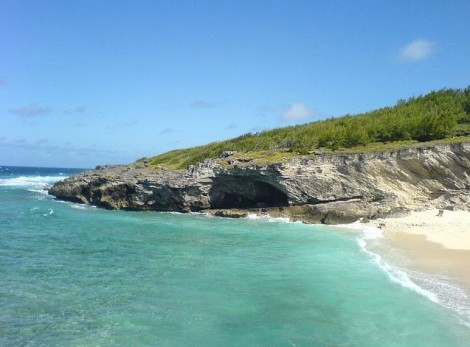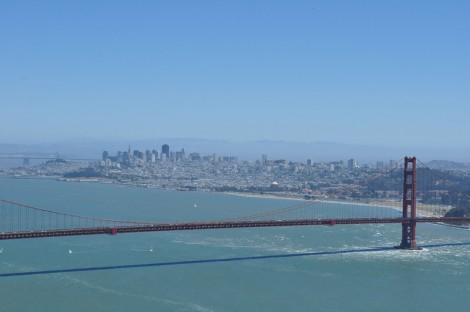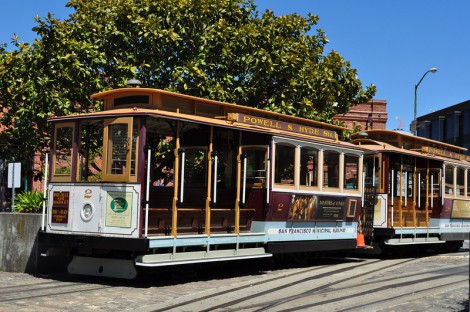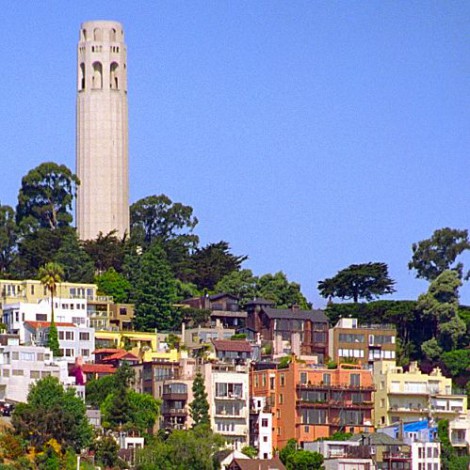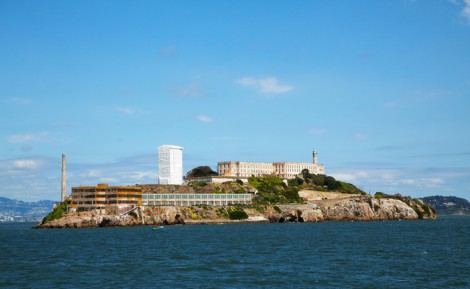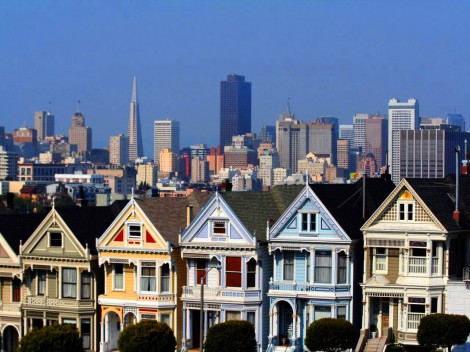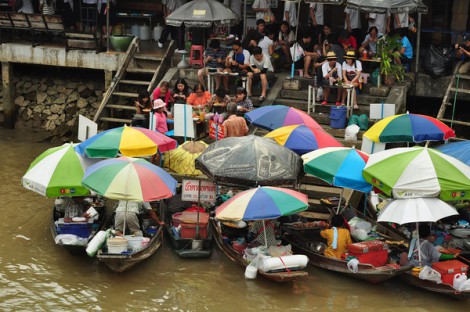Mauritius is a lovely island in the middle of the Indian Ocean. It is beautiful and its culturally diverse population makes it a fantastic travel destination. The island offers beautiful scenery, spectacular beaches, interesting cultural sights, wildlife and natural parks and an absolutely delicious cuisine. Its people are very friendly and welcoming and it’s very safe to explore the island. Besides being enchanting, Mauritius has a special place in my heart as I got married on this beautiful and romantic island. It was indeed a perfect wedding destination.
The Pearl of Africa
Mauritius is a tiny island nation in the middle of the Indian Ocean. The country belongs to Africa. However, its main island lies 2,000 miles away from the south-east coast of the continent, as part of the Mascarene Islands.
Mauritius is the main island of the country, which also encompasses the islands of Rodrigues and Agaléga, as well as the archipelago of Saint Brandon. I had the good fortune to explore the principal island as well as Rodrigues, which lies 560 kilometres (350 miles) east of Mauritius. (Nonetheless, I did not visit the two smaller dependencies, Agaléga and Saint Brandon. Both of these are very far from the main island: 1,000 kilometres (620 miles) and 430 kilometres (267 miles), respectively. They are tiny and barely inhabited, so I guess there is very little to see there anyway!)
Island with History
The islands known as Mauritius & Rodrigues today were first discovered by Arab merchant sailors during the Middle Ages. At the time of its discovery, the islands were uninhabited and unknown to the world. The Arab sailors had the privilege of naming these beautiful pieces of land in the middle of the ocean. They chose to call the two islands Dina Arobi and Dina Mozare.
At the beginning of the 1500s, Portuguese sailors were aware of the existence of the islands discovered by the Arabs and launched their own expedition, renaming the island to “Ihla Do Cirne”, i.e. “Swan Island”. Later, at the end of the century, Dutch explorers visited the island and renamed it to “Mauritius” after the Dutch Prince, Maurits van Nassau. The Dutch then claimed ownership over the island, establishing the farming of sugar cane and domestic animals; and logging of ebony trees. However, after just 100 years, the governor and settlers were forced to leave the island after a cyclone had devastated it. Later, the French, who were at that time present in nearby territories that they called Bourbon Island (currently Reunion) and Madagascar, decided to seize Mauritius, renaming it to “Isle de France”.
Under French ownership, colonisation took place at an accelerated pace. The French developed the island, established a significant naval base on it and built the capital city of Port Louis. Thanks to the location of the island being along the Spice Route, the French East India Company established its capital here and was authorised to administer the island. As the island became a significant commercial hub, slaves from Madagascar and Mozambique were brought to the land. Following a peak economic period commercial activity declined, a new governor was appointed. He launched various projects to revitalise the island. By the late 1700s trade was liberalised with India and the island’s port became busy again.
In 1810 ,the British took over the island and returned to its Dutch name “Mauritius”. Nonetheless, the French settlers were allowed to stay. The French legal system, language, traditions and religious practices remained in place, despite English rule. The English abolished slavery in 1835. The abolishment prompted indentured labourers from India to appear on the island, changing its ethnic profile forever. In the subsequent period, malaria epidemics and industrialisation caused the population to move around the island, which resulted in various residential settlements being established, all over the island.
In 1968 the island gained its independence and the Republic of Mauritius was declared. Nonetheless, it continues to be a member of the Commonwealth. Currently the island nation is the only fully democratic nation in Africa, according to The Economist.
Diverse and Friendly Population
There are roughly 1.3 million inhabitants on the main island, while Rodrigues is occupied by less than 40 thousand people. The two tiny territories of Agaléga and Saint Brandon provide a home to less than 300 people altogether. The country is home to various ethnicities, including Indo-Mauritians, Franco-Mauritians, Creoles and Sino-Mauritians and all cultures and religious are equally respected. The population is very diverse. Various languages are used and several religions are widely practiced. The country is a prime example of peaceful and harmonious co-existence. In order to bridge the diversity of languages, most Mauritians speak English and French is widely spoken, too.
Unbeatable Cuisine
The cuisine of Mauritius is absolutely unique and delicious. It is unique as it is influenced by Creole, Indian, European and Chinese gastronomies. The combination of flavours has produced something very distinct.
French gastronomy has been popular since the era of French rule on the island. Bouillon, civet de lièvre and coq au vin, amongst others, are popular dishes. The island adds some ingredients and spices, which offer some different flavours to traditional French cuisine. At the time of the arrival of Indians, their particular dishes came with them and their flavours were added into the Mauritian cuisine. Flavours and tastes from several Indian culinary traditions appeared, including various curries, chutneys and rougaille. When Chinese migrants appeared on the island, they brought with them south-eastern Chinese recipes, including rice-based dishes and noodles. Hakien and crispy meats were added to the culinary mix of Mauritius.
The different gastronomic traditions were mixed and matched, adjusted and developed, creating the uniquely flavourful Mauritian cuisine. It is a real treat to eat out in Mauritius, so if you have a chance to go, take a chance to explore the country’s culinary traditions. Also, do try a tot of Mauritian rum, which is fairly famous all around the world.

Worth Visiting
Depending on how long you stay in Mauritius, it may be worth splitting your holiday in various locations on Mauritius and potentially visiting Rodrigues. For my own experience, I am happy to recommend staying in Flic en Flac, in the west, and around Mahébourg at the south-east of the island. It is a historic town, which was built where the Dutch first landed on the island.
Take a day trip to Port Louis, where you can wander around this compact city and take a look at some of the remaining colonial architecture. You can also pop in to the Blue Penny Museum, where you may take a look at a dodo skeleton, the famous extinct, indigenous bird of the island. You can also see the world’s first colonial stamp in this museum. You will come across churches, temples, mosques. The port area of the city is charming, it is worth spending some time with a walk along the promenade.
If you are big into nature, the Casela Nature & Leisure Park is for you. This is a sanctuary for rare birds, but you can walk with lions here, too. Mini-safaris are on offer, too. The Black River Gorges National Park is home to macaque monkeys, as well as to the highest point of the island, where you can trek.
For enthusiasts of colonial history, visiting the French colonial mansion, Eureka, is a real adventure. It used to be owned by the biggest sugar cane plantation owner on the island and was equipped with all the luxuries of the era.
Don’t miss the crater lake of Ganga Talao (or Grand Bassin), which is considered sacred by the Hindus of Mauritius. You can find temples here and you may encounter pilgrims walking bare feet to the lake, from their homes.
If you feel like visiting Rodrigues, you need to take a flight from Mauritius. On doing so, you will encounter a very quiet island where African culture is much stronger than in multicultural Mauritius. It is a charming and quiet island, which you may explore within two or three days. You can’t miss Port Mathurin, the capital city. It is home to roughly 6,000 people. A tropical Roman Catholic Church is a local attraction, so is the viewpoint of Mount Fanal and the Church of Saint Gabriel. You may explore wonderful, secluded beaches and islets here. If you want to be all on your own, it is the place for you!
I loved Mauritius and Rodrigues and I am hoping that destiny may give me the chance to return to this wonderful country with my husband in future. If you go before I return, let me know what you think!

